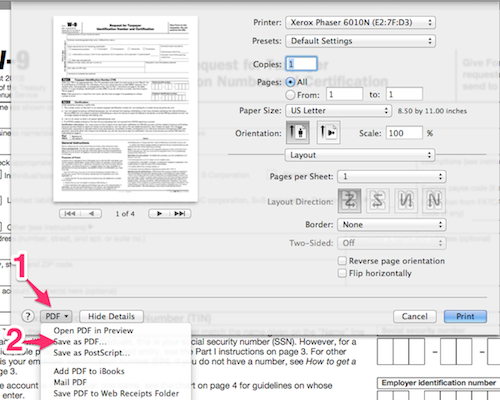Every now and then, I sort of calmly make a wish.
1.
Back in 2012, when it was announced that Triassic Parq would not be transferring, I was sad. All I wanted was to be able to stay in New York on an Off-Broadway show. In my mind, perhaps out loud, I added to that thought, “like Silence!. Being the PSM of Silence! would be my ideal job.” Basically immediately, I started hearing rumblings from all directions that Silence! was looking for a new PSM. By the time Triassic ended its limited run, I was already on contract as the incoming PSM of Silence!, attending whatever rehearsals and performances I could fit around my Triassic schedule. When Triassic closed I moved all my stuff from Soho Playhouse directly into Times Scare, and there I stayed for a year.
2.
When the fateful day came that Silence! closed, I was a little worn out after a year-long run with almost constant cast changes. My ideal job had shifted. I wanted something with less responsibility, but I also had spent too much time doing shows in 199-seat black boxes. The skillset needed on larger shows was starting to fade. Being an ASM on Broadway would have fit that bill, in the same way that winning the lottery would satisfy my desire to pay my rent, so my wish was something more reasonable. I wanted to be a sub on Broadway, or on one of the few Off-Broadway shows that are big enough to feel like “big shows.” The only one I could think of by name was Peter and the Starcatcher. A month after Silence! closed, I was offered a job as a sub deck hand on Peter and the Starcatcher. In my wish I had assumed we were talking stage management subs, but being a crew member (with three people outranking me just in my own department) satisfied the “no responsibility” clause of my wish even more. But of course subbing only brings so much satisfaction. And a few months later the guy I was subbing for was leaving, and I knew it would go to the first sub, who had been there much longer. And then he turned it down. And that’s how I became full-time on the crew on Peter and the Starcatcher, until it closed three or four months later. It was one of the most enjoyable jobs I’ve ever had.
These are the two most specific examples I have in my career of wishing for something very specific (like “I wish I was the PSM of Silence!” and having it come exactly true weeks later). I haven’t really had another story that illustrates such a miraculous event so clearly.
3.
Today somebody retweeted an old tweet of mine, and it sent me down memory lane glancing through my tweet history. And I found this tweet I had no memory of:
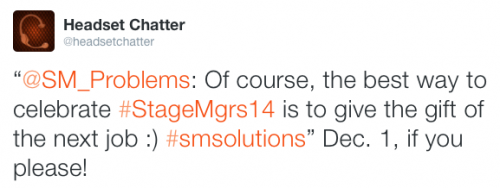
The backstory here is that some stage managers have decided that October 10 is International Stage Managers day (I have no idea why it isn’t 10/12, and I have my own personal celebration on that day instead).
So to this comment from @SM_problems, suggesting people give stage managers the gift of a job, I said, “Dec. 1, if you please!” which was sort of a joke. My current show was closing November 30th, see?
It was an offhand comment to somebody else’s tweet and until today I forgot I ever tweeted it. I had certainly forgotten all about it six days later, when Ogunquit contacted me and offered me Mary Poppins, starting rehearsal — you guessed it — December 1st! It was so tightly scheduled to the closing of my previous show that they had to fly me to Maine and reschedule the first rehearsal an hour later.
We won’t even get into the fact that getting my foot in the door at Ogunquit has been one of my main life goals for the last 10 years, since that wasn’t particularly related to the wish.
Finding this tweet totally creeped me out, because I didn’t even realize that I had made any statement wishing for that specific job. I’ve gotten lucky plenty of times where I’ve been offered jobs that started immediately after the previous one finished, but this took on deeper meaning for me because Mary Poppins ended up being the single most amazing experience of my career to date, so it’s funny to think that I wished for it so casually that I didn’t even remember doing it when it came true less than a week later.
I share this really as just a mildly amusing stage management ghost story. But on another level, I do like to look at these events to calm myself whenever I find myself feeling like things never go my way. And now I have one more to remember.


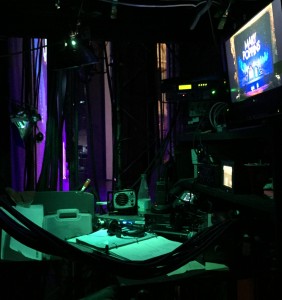
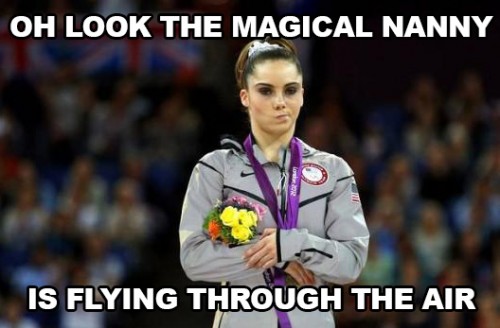
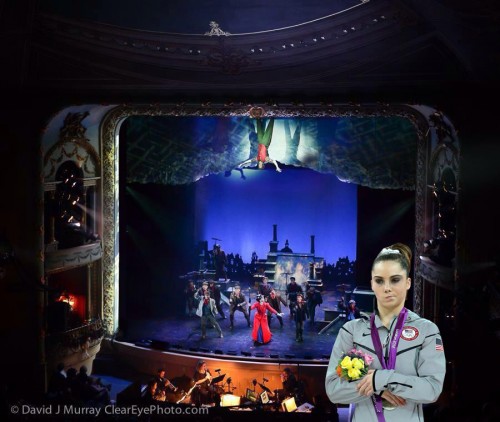
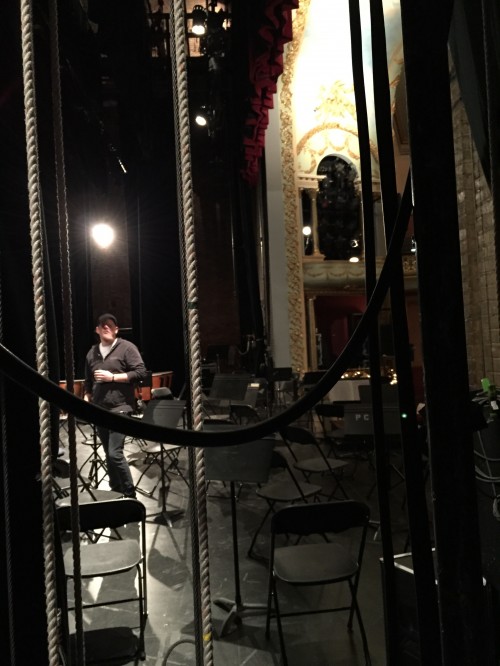
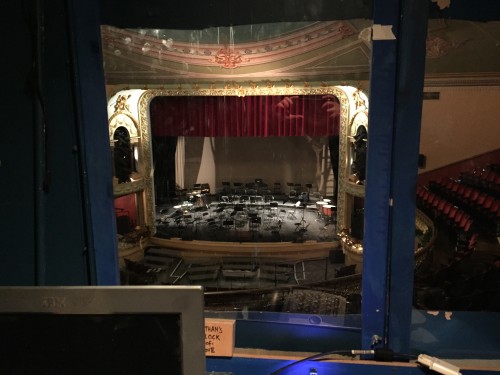
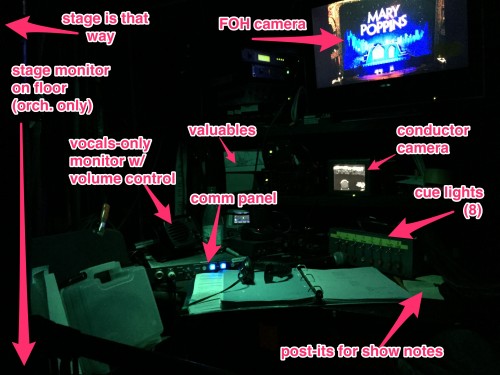
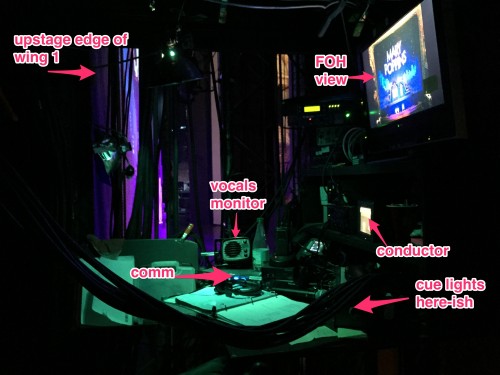
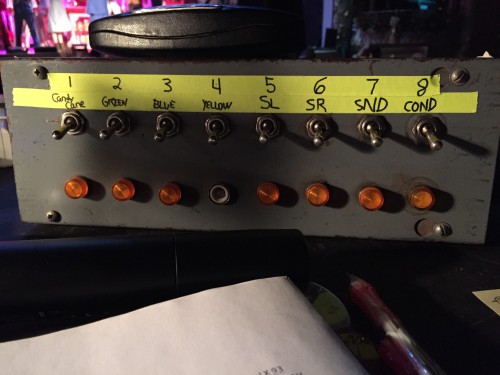
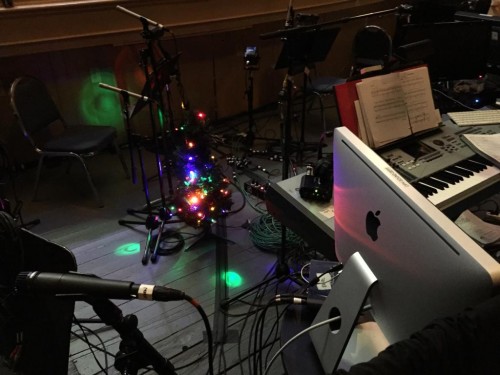
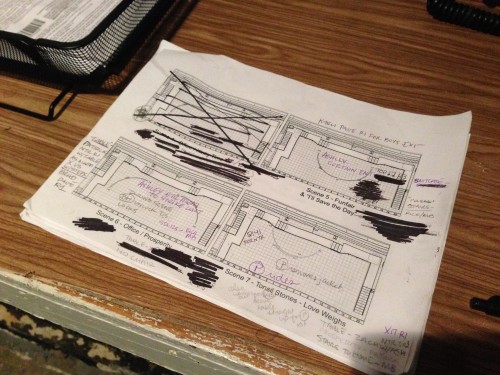
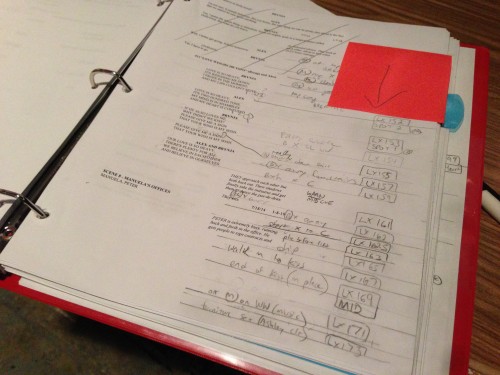
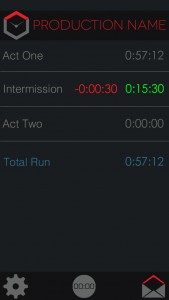 Which is why I was excited to get to try out a new app for iOS called
Which is why I was excited to get to try out a new app for iOS called 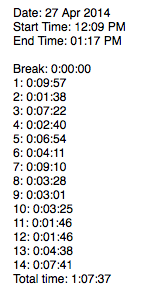 In addition to the usual run time calculations, I found it especially helpful for getting scene timings. I love having too much information about run times. I like having up-to-date data on the length of every scene, because you can do so much with it: How much time is left in the act? How many scenes can we get through before lunch? When the director says “Let’s just run this scene before the break,” is there a chance in hell that’s going to happen?
In addition to the usual run time calculations, I found it especially helpful for getting scene timings. I love having too much information about run times. I like having up-to-date data on the length of every scene, because you can do so much with it: How much time is left in the act? How many scenes can we get through before lunch? When the director says “Let’s just run this scene before the break,” is there a chance in hell that’s going to happen? 